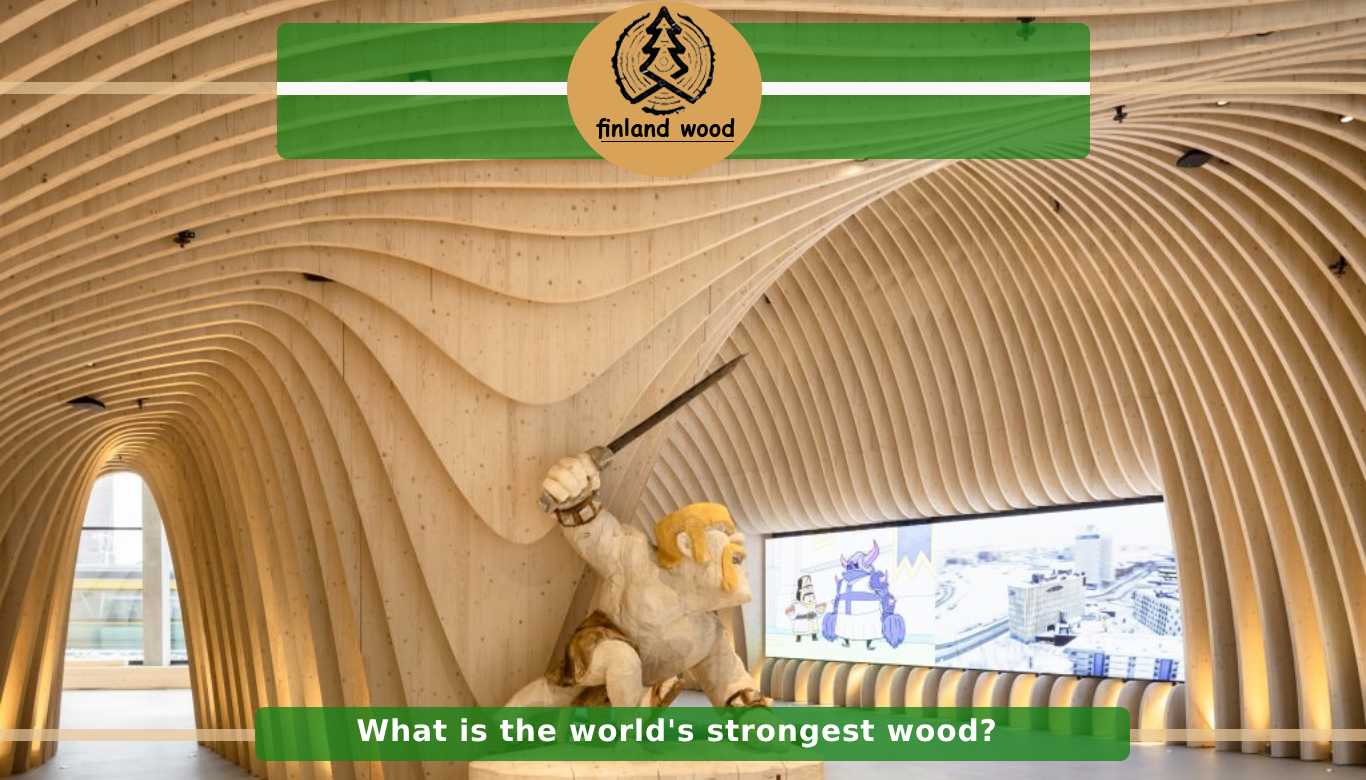Pine and maple wood are both types of wood commonly used in construction, furniture making, and woodworking. Here are some differences between the two:
- Appearance: Pine has a light, yellowish-brown color with occasional knots and blemishes, while maple has a light, creamy color with a fine, uniform grain pattern.
- Hardness: Maple is a much harder wood than pine, making it more durable and resistant to wear and tear.
- Density: Maple is denser and heavier than pine, which can make it more difficult to work with.
- Cost: Maple is generally more expensive than pine, due to its durability and desirable appearance.
- Workability: Pine is easier to work with than maple, as it is softer and less dense. It is also less likely to split or splinter when being cut or drilled.
- Uses: Pine is commonly used for framing, paneling, and decorative woodworking, while maple is often used for flooring, cabinets, and high-end furniture.
Ultimately, the choice between pine wood and maple will depend on the specific application and desired outcome.
read more: Pine Wood Vs Teak Wood
maple vs pine grain
Maple and pine have different grain patterns, which can affect their appearance and use in woodworking.
Maple has a straight and uniform grain pattern, with a fine texture and a smooth surface when sanded. This makes it a popular choice for furniture, cabinetry, and flooring where a smooth and uniform appearance is desired. The grain pattern of maple is not as noticeable as other hardwoods such as oak or walnut, but it still adds a subtle character to the wood.
Pine, on the other hand, has a more distinctive and visible grain pattern. It can range from straight and uniform to knotty and irregular, with a softer and more porous texture. This makes pine a popular choice for rustic or country-style furniture, paneling, and decorative woodworking. The knots and blemishes in pine can add character and warmth to a piece, but they can also make it more difficult to work with, especially when sanding or finishing the wood.
Ultimately, the choice between maple and pine grain will depend on the desired look and feel of the finished product, as well as the specific woodworking techniques and tools being used.
maple vs pine strength
When it comes to strength, maple is generally stronger than pine. Maple is a dense hardwood with a high level of stiffness and strength, making it a popular choice for flooring, cabinetry, and high-end furniture. It is also resistant to denting and wear, which makes it a great option for high-traffic areas.
In contrast, pine is a softwood with a lower level of stiffness and strength. While it can still be used for many applications, including framing and decorative woodworking, it may not be as durable as maple over the long term. Pine is also more susceptible to denting and scratches, which can affect its appearance and performance.
That being said, the strength of both maple and pine can be influenced by factors such as moisture content, grain orientation, and the specific species of wood. Additionally, the strength requirements of a particular project will depend on the intended use and load-bearing capacity needed, so it’s important to choose the right wood for each specific application.
pine vs maple furniture
Pine and maple are both commonly used for furniture, but they have some important differences in terms of appearance, durability, and cost.
Pine furniture is often associated with a rustic or country-style look. It has a light color with visible knots and grain patterns, which can add character and warmth to a piece. Pine is also relatively soft and easy to work with, which can make it a good choice for beginners or for projects that require a lot of shaping or carving. Pine furniture can be a more affordable option than other types of wood, but it may not be as durable over the long term.
Maple furniture is often associated with a more formal or modern look. It has a light, creamy color with a subtle grain pattern, which can give it a sleek and refined appearance. Maple is a hardwood with a high level of durability and resistance to wear and tear, making it a good choice for furniture that will see heavy use over time. Maple furniture can be more expensive than pine, but it may be a worthwhile investment for its durability and timeless appearance.
Ultimately, the choice between pine and maple furniture will depend on the desired style, durability needs, and budget of the project. Both types of wood can be used to create beautiful and functional furniture, and each has its own unique advantages and disadvantages.
pine vs maple color
Pine and maple have different natural colors and tones.
Pine has a light, yellowish-brown color with visible knots and grain patterns. The color can vary depending on the specific species of pine and the conditions in which it was grown. Pine can also be stained or painted to achieve a different color or finish.
Maple, on the other hand, has a light, creamy color with a fine, uniform grain pattern. The color of maple is less variable than pine and tends to be more consistent across different pieces of wood. Like pine, maple can be stained or painted to achieve a different color or finish, but its natural color is often prized for its elegance and sophistication.
Ultimately, the choice between pine and maple color will depend on the desired look and style of the finished product. Pine’s warm, rustic appearance can be great for a cozy and inviting feel, while maple’s cool, refined tones can add a touch of class and sophistication to a space.
maple vs pine tree
Maple and pine are two different types of trees with distinct characteristics and uses.
Maple trees belong to the genus Acer and are known for their iconic, lobed leaves and vibrant fall colors. There are many species of maple, each with its own unique characteristics, but they are all hardwood trees that produce a high-quality lumber. Maple wood is prized for its durability, resistance to wear and tear, and beautiful, uniform grain patterns. Maple trees are often grown for timber and are also used in the production of maple syrup.
Pine trees, on the other hand, belong to the genus Pinus and are known for their evergreen needles and distinctive cones. There are many species of pine, ranging from the tall and slender Eastern White Pine to the more squat and bushy Ponderosa Pine. Pine trees are softwood trees that produce a lighter, softer lumber that is often used for construction, paneling, and decorative woodworking. Pine is also a popular choice for Christmas trees and is widely used in the pulp and paper industry.
Overall, maple and pine trees are both valuable natural resources that have a wide range of uses in woodworking, construction, and other industries.







